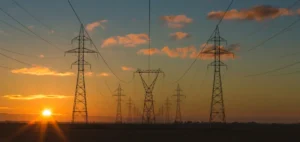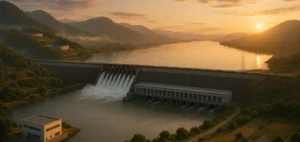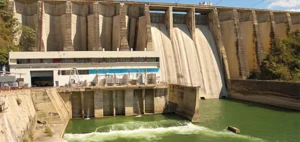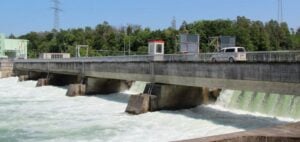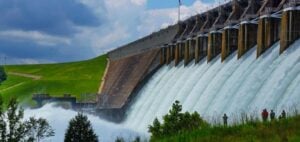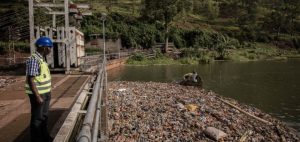According to a study conducted by the SUN DAY Campaign, renewable energy sources (hydropower, biomass, geothermal, solar and wind) provided nearly 23% of the electricity generation in the United States in 2022. This figure represents a significant increase over the previous year.
Recent data from the study shows that hydropower accounted for 6.09% of total electricity generation, the renewable energy source with the largest share. The share of solar energy increased by 24.14%, while wind energy increased by 14.97%.
Renewable energy sources surpass coal and nuclear power generation in 2022
The study also found that renewable energy sources surpassed coal and nuclear power generation in 2022. In fact, they produced 17.18% more than coal and 25.90% more than nuclear. However, the use of natural gas continues to dominate electricity generation in the United States, accounting for 39.27% of total electricity generation.
The use of renewable energy sources is expected to continue to grow in the coming years
SUN DAY Campaign Executive Director Ken Bossong said, “Last year set a new record for renewable electricity generation in the United States. Renewable energy sources are expected to account for a quarter of electricity generation in 2023 and continue to grow in the years to come.” This study shows that the use of renewable energy sources is steadily increasing and is expected to play a significant role in U.S. electricity generation.




